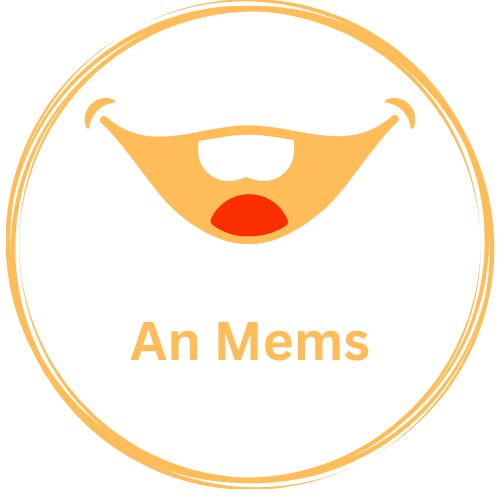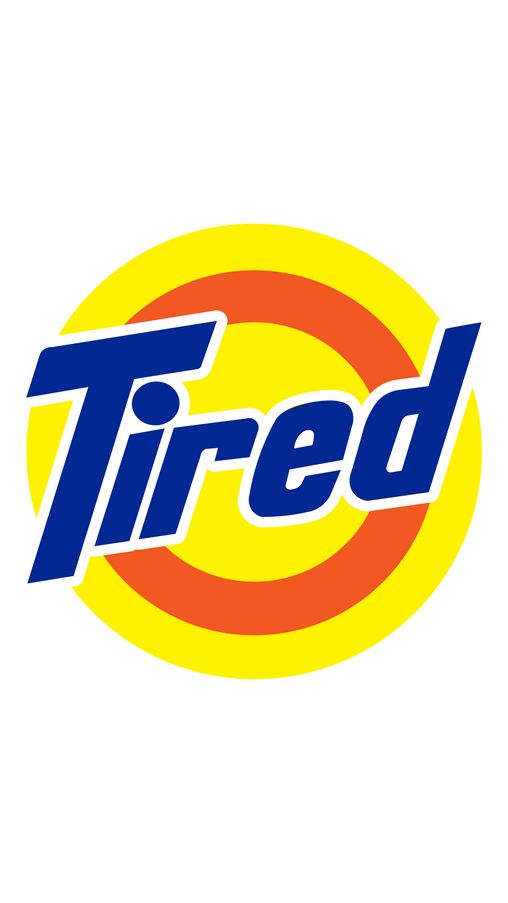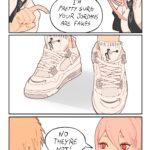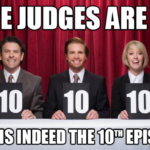A meme can function as a company logo if it encapsulates the brand’s identity. However, businesses should consider copyright and brand consistency concerns.
Memes have surged in popularity, emerging as contemporary cultural symbols that resonate across various demographics. Companies aiming to tap into contemporary trends may contemplate adopting a meme as their logo to convey relatability and humor. This strategy could potentially foster a connection with a more internet-savvy audience and set the brand apart in a crowded market.
As memes generally carry a viral component, they have the intrinsic capacity to aid in brand recognition and facilitate organic sharing. Nevertheless, the choice to use a meme should align with a company’s long-term branding strategy to ensure it aids rather than undermines the brand’s image and credibility. Employers must meticulously assess the sustainability and adaptability of a meme to serve as a lasting corporate emblem.
The Rise Of Memes In Brand Identity
In the fast-paced world of digital media, memes have emerged as a powerhouse for brand recognition. Companies are now embracing the dynamic and engaging nature of memes to build their brand identity. The trend reflects a shift towards more relatable and human-centric marketing strategies, leveraging the online cultural phenomena that memes have become.
Memes As Cultural Touchstones
Memes resonate with wide audiences because they act as cultural markers. Capturing humor, irony, and common experiences, memes quickly communicate ideas and emotions, making them memorable and shareable. This ability to connect on a universal level makes memes an intriguing option for businesses looking to establish a relatable brand identity.
Leveraging Virality For Brand Awareness
A well-timed and cleverly crafted meme can spread like wildfire across the internet. This viral nature brings unparalleled exposure, often with minimal investment. Brands that effectively leverage memes can reap the benefits of heightened awareness and engagement, turning viewers into customers and advocates.
- Memorable Content: Memes stick in people’s minds, making them excellent tools for brand recall.
- Shareability: The humorous and often relatable content of memes encourages sharing, multiplying reach organically.
- Low-Cost Marketing: Creating branded memes generally requires less budget than traditional advertising methods.
- Community Building: By resonating with the audience, memes help in nurturing an online community that identifies with the brand.
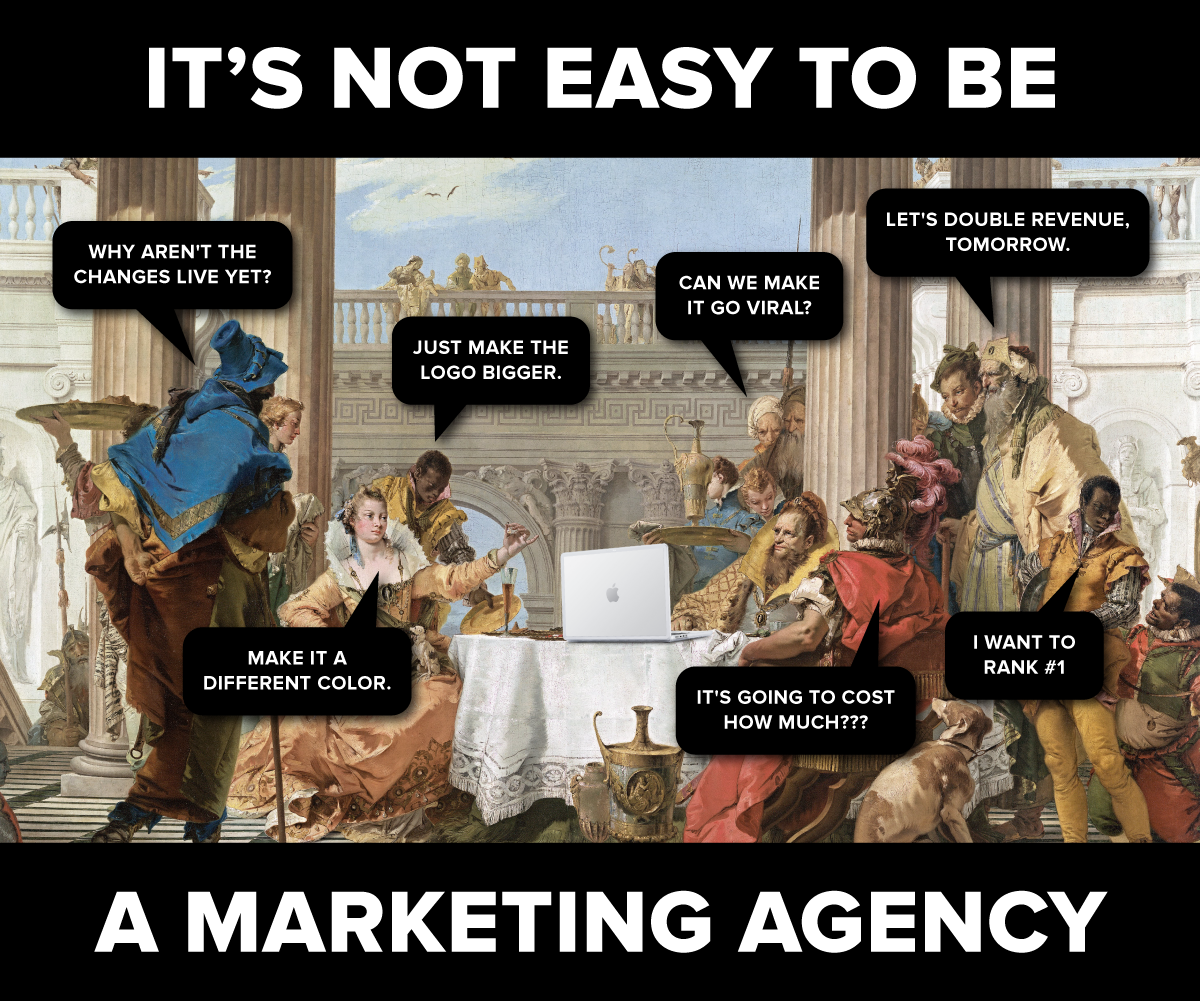
Credit: agencyanalytics.com
Humor In Branding: An Effective Strategy?
Imagine a logo that makes you smile every time you see it. Brands today are embracing humor to stand out. Humor can set a brand apart, creating a memorable image in the customer’s mind. But is humor always effective in branding?
Psychology Behind Humorous Marketing
Laughter triggers positive feelings. This simple fact is key in humorous marketing. When customers laugh, they associate those good vibes with the brand. It’s a psychological connection that fosters brand loyalty.
Humor also makes information more memorable. A funny logo or tagline sticks with people longer than a conventional one. It gets shared and talked about, which means free advertising for the company.
Case Studies: Successful Humorous Brands
Some companies have nailed the use of humor in their branding. Let’s look at a few:
- Old Spice revamped its image with humorous ads. Sales soared, and its videos went viral.
- Dollar Shave Club launched with a comedic video. It captured millions of views and customers.
- Taco Bell uses witty social media posts. It engages its audience and remains relatable.
These brands prove that humor, when used right, can mean huge wins for a company.
Designing A Meme-inspired Logo
When you hear “meme,” you might think of internet humor and social media trends. But imagine using a meme for a company logo. It’s unique. It’s bold. And if done right, it embeds the brand in the cultural zeitgeist. Let’s explore crafting a meme-inspired logo that captivates yet retains a professional edge.
Balancing Humor And Professionalism
Combining a laid-back vibe with a strong business ethos is key. A logo must resonate with audiences yet uphold the brand’s credibility. Here’s the plan:
- Choose Wisely: Opt for memes that lend themselves to tasteful humor.
- Subtle Hints: Infuse meme elements without overpowering the design.
- Fonts Matter: Sleek fonts offset the playful meme element, maintaining professionalism.
- Color Palette: Select colors that convey the right mood and business acumen.
Remember, it’s a fine line between quirky and kitsch. Keeping it minimal can make a powerful statement.
Maintaining Relevance Over Time
Memes come and go. Your logo shouldn’t. For longevity:
| Strategy | Description |
|---|---|
| Timeless Core | Center the design around an enduring idea, not just a fleeting trend. |
| Adapt & Evolve | Be ready to tweak the logo as trends shift, keeping the brand fresh. |
| Cultural Tie-in | Connect with deeper cultural currents to stay relevant across seasons. |
A meme logo must transcend the joke to tap into lasting brand identity.
Potential Pitfalls Of Meme Logos
Using a meme as a company logo might seem trendy and relatable. Yet, it comes with challenges that could affect a brand’s image and legal standing. Businesses must carefully weigh the risks before adopting a meme as their corporate emblem. In the following sections, we’ll explore two major concerns: copyright issues and the longevity of meme popularity.
Navigating Copyright And Fair Use
Memes often spread without clear origins, which can lead to copyright entanglements. A meme used as a logo must comply with copyright laws to prevent expensive litigation. Companies should consider:
- The meme’s source and original creator.
- Whether the meme’s use qualifies as fair use.
- Obtaining permission or licensing for commercial use.
Without proper due diligence, legal complications could arise, tarnishing the brand and leading to financial losses.
Risks Of Memes Becoming Dated
Memes are ephemeral by nature, often losing relevancy quickly. A logo drawing from a meme can become outdated, disconnecting it from the audience. Before choosing a meme-based logo, consider:
- The shelf-life of the meme.
- Changing internet trends and culture.
- Potential rebranding costs if the meme fades in popularity.
Incorporating a meme holds the risk of needing a costly rebrand or facing a loss of brand recognition if the cultural reference loses its appeal.
Memes In Action: Real-world Examples
Stories about memes taking center stage in branding are captivating. Companies often use them to resonate with audiences. Let’s dive into how memes have shaken up the marketing world.
Analyzing Meme-Branded CampaignsAnalyzing Meme-branded Campaigns
Examining successful meme-branded campaigns offers insights into modern marketing strategies.
- Denny’s Twitter: Their quirky meme content generates shares and discussions.
- Netflix: Uses memes to connect with viewers and create buzz around shows.
Campaigns like these blend humor with brand messaging. They stay relevant and reach millennials effortlessly.
Long-Term Impacts on Brand ValueLong-term Impacts On Brand Value
Using memes can go both ways: boost the brand or cause a backfire. It all depends on execution and public reception.
| Positive Impact | Negative Impact |
|---|---|
| Heightened engagement | Misinterpretation risks |
| Increased shareability | Short-lived relevance |
Memes influence brand perception over time. A cleverly used meme can become iconic and hugely elevate the brand’s value.
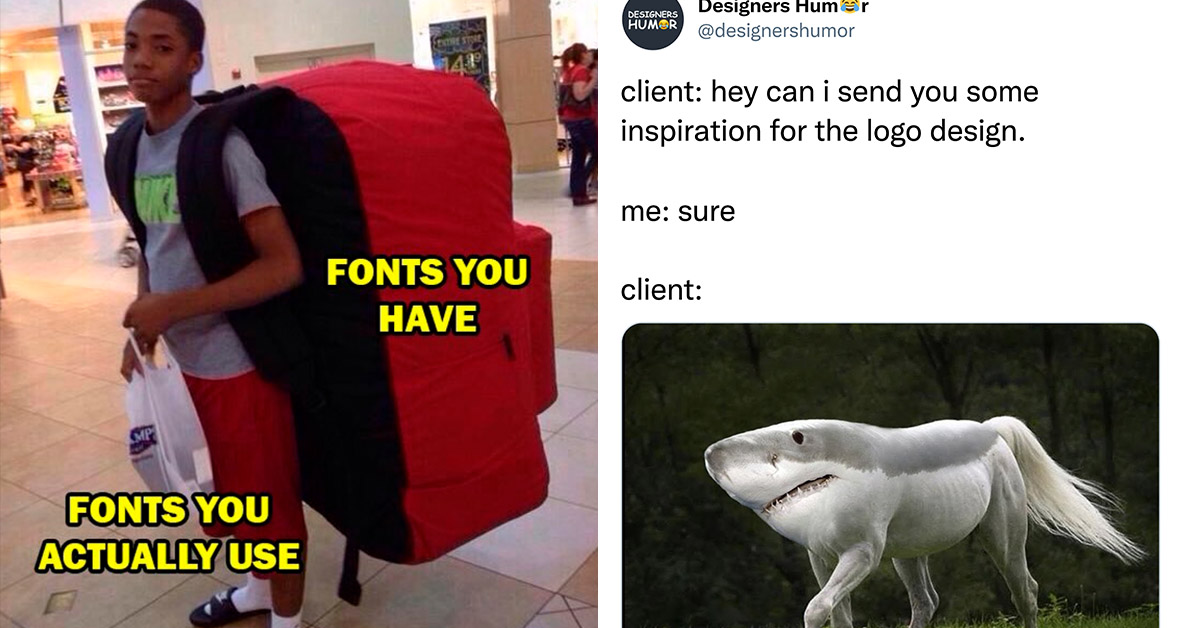
Credit: pleated-jeans.com
The Future Of Meme Branding
The future of meme branding heralds an exciting era in the realm of digital marketing, where virality and relatability reign supreme. This fresh take on branding elevates the ordinary logo to a new pedestal of audience engagement and brand recognition. Let’s explore this innovative landscape.
Predicting Trends In Digital Marketing
Digital marketing thrives on staying ahead of the curve. The meme culture has infiltrated this space, predicting trends becomes a game-changer for brand success. Embracing memes in marketing strategies signals a brand’s agility to adapt to a dynamic digital ecosystem.
- Visual storytelling conveys messages instantly.
- Memes foster community and conversation.
- Brand personalities shine through humor and relatability.
User-generated content often sparks meme virality. Brands that harness this content tap into an authentic and extensive reach.
Sustainability Of Memes In Corporate Identity
Integrating memes into a company’s identity symbolizes a shift towards a versatile and enduring brand presence. Memes resonate with broad audiences, fostering loyalty and appeal that can stand the test of time.
| Factor | Impact on Sustainability |
|---|---|
| Relevance | Maintains a brand’s current and fresh image. |
| Adaptability | Allows brands to pivot with changing trends. |
| Engagement | Keeps audiences active and connected. |
While memes can be perennial, it’s vital for brands to evolve with their audience. This ensures the meme’s life parallels the brand’s growth and does not outlive its relevance.

Credit: www.linkedin.com
Conclusion
Embracing a meme as your company’s emblem isn’t just trendy; it’s strategic. It harnesses viral appeal, fostering brand recognition and audience connection. Remember, choosing the right meme-logo reflects your brand’s voice and ethos, binding customers with shared humor and culture.
As branding evolves, meme-logos are not just playful choices but potential icons of the digital age. Let’s innovate with intention, and perhaps, your meme-logo will be the next big sensation.

Hey, I’m Thomas L. Vincent, a passionate artist who loves creating thought-provoking and relatable memes that really connect with people.
